Accept all cookies Accept only essential cookies See our Cookie Notice

About ESA
The European Space Agency (ESA) is Europe’s gateway to space. Its mission is to shape the development of Europe’s space capability and ensure that investment in space continues to deliver benefits to the citizens of Europe and the world.
Highlights
ESA - United space in Europe
This is ESA ESA facts Member States & Cooperating States Funding Director General Top management For Member State Delegations European vision European Space Policy ESA & EU Space Councils Responsibility & Sustainability Annual Report Calendar of meetings Corporate newsEstablishments & sites
ESA Headquarters ESA ESTEC ESA ESOC ESA ESRIN ESA EAC ESA ESAC Europe's Spaceport ESA ESEC ESA ECSAT Brussels Office Washington OfficeWorking with ESA
Business with ESA ESA Commercialisation Gateway Law at ESA Careers Cyber resilience at ESA IT at ESA Newsroom Partnerships Merchandising Licence Education Open Space Innovation Platform Integrity and Reporting Administrative Tribunal Health and SafetyMore about ESA
History ESA Historical Archives Exhibitions Publications Art & Culture ESA Merchandise Kids Diversity ESA Brand Centre ESA ChampionsLatest
Space in Member States
Find out more about space activities in our 23 Member States, and understand how ESA works together with their national agencies, institutions and organisations.
Science & Exploration
Exploring our Solar System and unlocking the secrets of the Universe
Go to topicAstronauts
Missions
Juice Euclid Webb Solar Orbiter BepiColombo Gaia ExoMars Cheops Exoplanet missions More missionsActivities
International Space Station Orion service module Gateway Concordia Caves & Pangaea BenefitsLatest
Space Safety
Protecting life and infrastructure on Earth and in orbit
Go to topicAsteroids
Asteroids and Planetary Defence Asteroid danger explained Flyeye telescope: asteroid detection Hera mission: asteroid deflection Near-Earth Object Coordination CentreSpace junk
About space debris Space debris by the numbers Space Environment Report In space refuelling, refurbishing and removingSafety from space
Clean Space ecodesign Zero Debris Technologies Space for Earth Supporting Sustainable DevelopmentLatest
Applications
Using space to benefit citizens and meet future challenges on Earth
Go to topicObserving the Earth
Observing the Earth Future EO Copernicus Meteorology Space for our climate Satellite missionsCommercialisation
ESA Commercialisation Gateway Open Space Innovation Platform Business Incubation ESA Space SolutionsLatest
Enabling & Support
Making space accessible and developing the technologies for the future
Go to topicBuilding missions
Space Engineering and Technology Test centre Laboratories Concurrent Design Facility Preparing for the future Shaping the Future Discovery and Preparation Advanced Concepts TeamSpace transportation
Space Transportation Ariane Vega Space Rider Future space transportation Boost! Europe's Spaceport Launches from Europe's Spaceport from 2012Latest
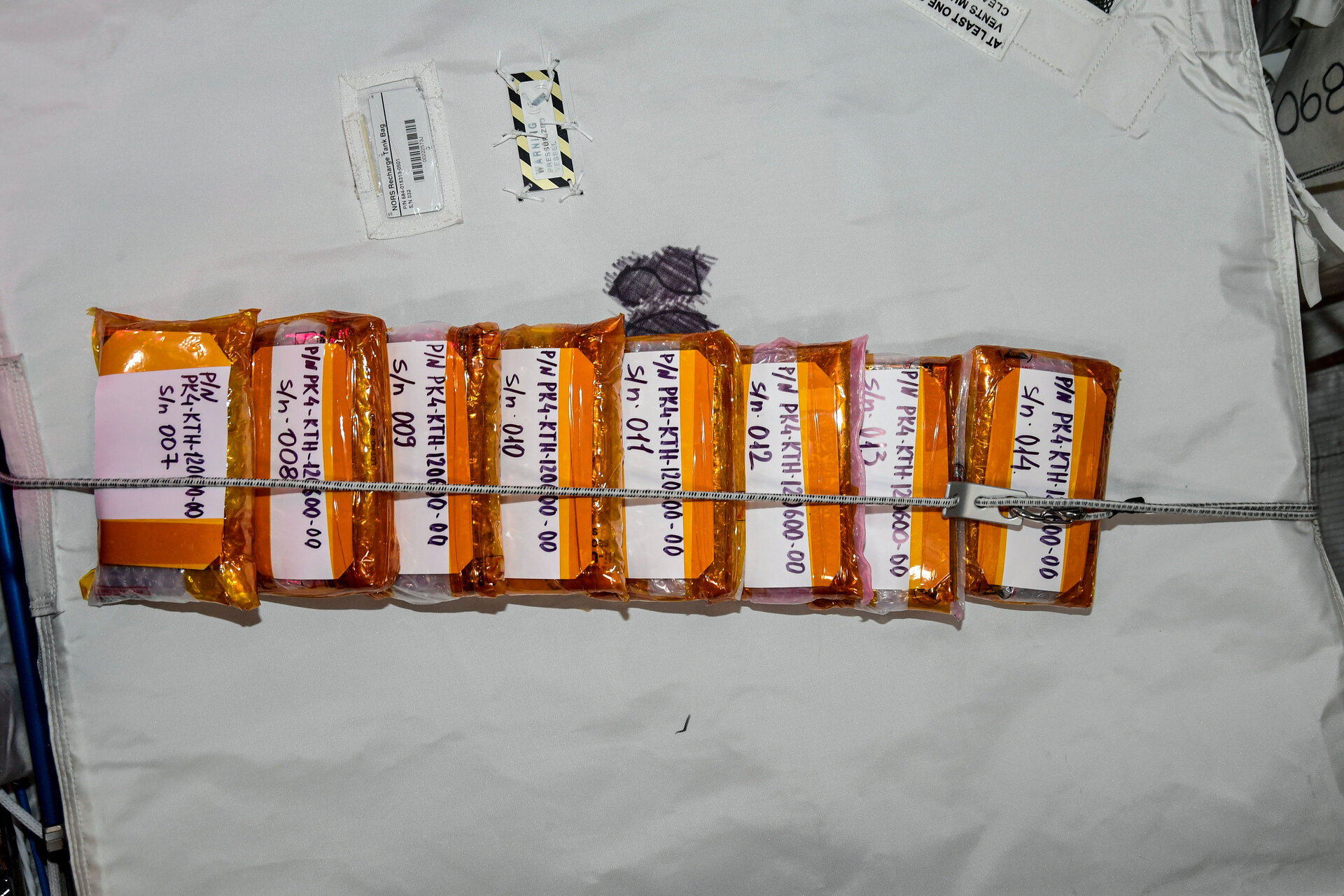
PK-4 parts
Thank you for liking
You have already liked this page, you can only like it once!
Plasma Kristall parts on the International Space Station.
As Europe celebrates 20 years of ESA astronauts on the International Space Station, a Russian-European experiment has been running quietly in the weightless research centre for just as long: the Plasma Kristall (PK) suite of investigations into fundamental science.
Plasma Kristall takes a plasma and injects fine dust particles in weightlessness, turning the dust into highly charged particles that interact with each other, bouncing off each other as their charge causes the particles to attract or repel. Under the right conditions, the dust particles can arrange themselves over time to form organised structures, or plasma crystals.
These interactions and forming of three-dimensional structures resemble the workings of our world on the atomic scale, a world so small that we cannot see move even with an electron microscope. Add a laser to the mix and the dust particles can be seen and recorded for observation by scientists on Earth for a sneak peak of the world beyond our eyes.
These surrogate atoms are a way for researchers to simulate how materials form on an atomic scale, and to test and visualise theories. The experiment cannot be run on Earth because gravity only makes sagging, flattened recreations possible; if you want to see how a crystal is constituted you need to remove the force pulling downwards – gravity.
On 3 March 2001, “PK-3 Plus” was turned on in the Zvezda module, the first physical experiment to run on the Space Station. Led by the German aerospace centre DLR and Russian space agency Roscosmos the experiment was a success and later followed up by a fourth version, installed in 2014 in ESA’s Columbus laboratory, this time as an ESA-Roscosmos collaboration.
-
CREDIT
ESA/NASA–T. Pesquet -
LICENCE
ESA Standard Licence
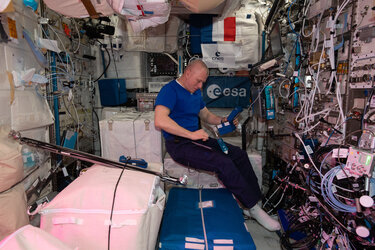
Oleg working on PK-4
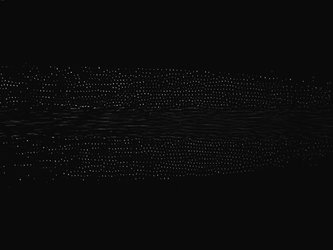
Plasma Kristall-4 proxy atoms
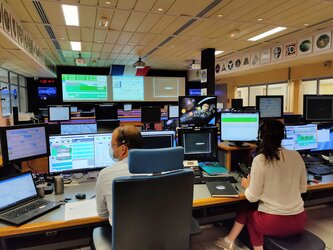
CADMOS during PK-4 operations

Plasma waves
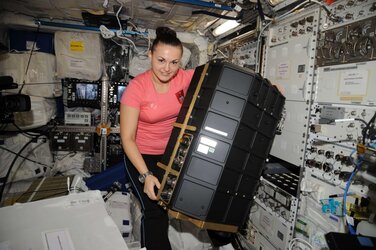














 Germany
Germany
 Austria
Austria
 Belgium
Belgium
 Denmark
Denmark
 Spain
Spain
 Estonia
Estonia
 Finland
Finland
 France
France
 Greece
Greece
 Hungary
Hungary
 Ireland
Ireland
 Italy
Italy
 Luxembourg
Luxembourg
 Norway
Norway
 The Netherlands
The Netherlands
 Poland
Poland
 Portugal
Portugal
 Czechia
Czechia
 Romania
Romania
 United Kingdom
United Kingdom
 Slovenia
Slovenia
 Sweden
Sweden
 Switzerland
Switzerland
























